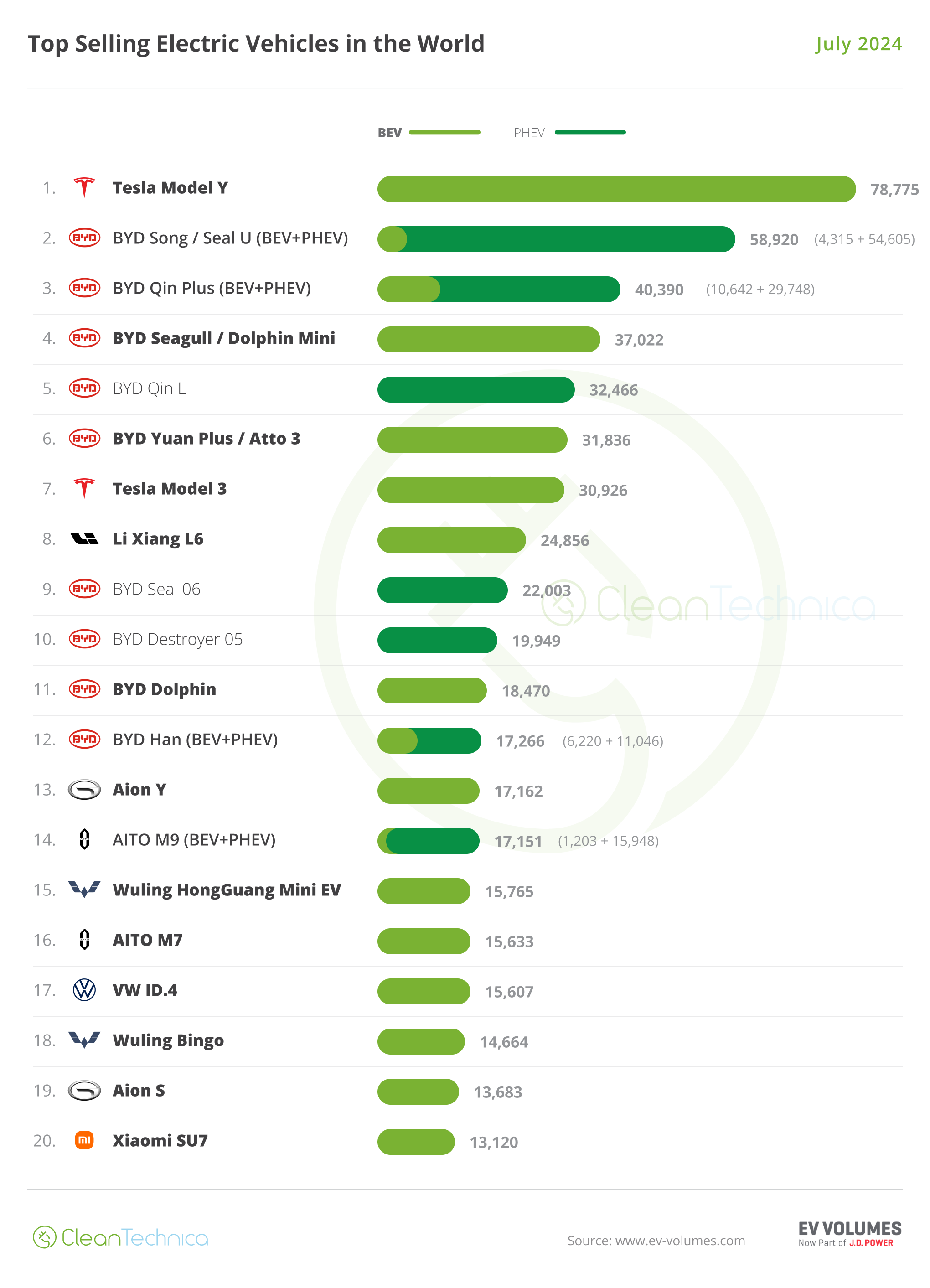Sign up for daily news updates from CleanTechnica on email. Or follow us on Google News!
A new journal article draws insights from 54 interviews of residents, developers, and policy makers around seven large-scale solar projects across the U.S.
Despite national polls showing broad support for large-scale solar (LSS, defined here as ground-mounted photovoltaic projects ≥1 MWDC) among rural Americans, opposition from local residents and elected officials around proposed LSS projects is on the rise. LSS developers now report that community opposition and restrictive siting ordinances are leading causes of project delays and cancellations. Yet, there remains a lack of data and analysis on community perceptions of LSS projects and how residents perceive the planning processes that led to them. This information gap hinders the development and adoption of strategies to address community concerns and appropriately align proposed projects to best suit and benefit local communities.
In a new paper published in the journal Energy Research and Social Science, researchers from Berkeley Lab, Michigan State University, and the University of Michigan examine the perceived benefits and burdens of recent LSS development across the US through interviews with a broad set of stakeholders including residents, local government officials and developers at seven different LSS sites. The research aimed to answer two primary research questions (RQs):
- What are residents’ most common concerns regarding LSS projects across states, site types, landscapes and ownership structures?
- What strategies have developers and officials employed, or could employ, to improve perceptions and project outcomes and better align LSS development with local land-use plans, community needs and values?
Some of the paper’s key findings are briefly summarized below. The authors will host a free webinar on Wednesday, January 31 at 12:00 pm PT / 3:00 pm ET to describe the work and findings in more detail. Register here.
The LSS planning process and the project’s local impacts were key stakeholder concerns.
The 7 LSS sites included in the study varied across regions, ownership structures, project types (e.g., agrivoltaics), ecosystems, and local characteristics. Across these sites, local stakeholders’ most common concerns regarding the local project centered around perceptions of the process of LSS development and the development’s impacts. For example, residents and local officials remarked on how and how much information was provided, the community’s lack of influence over project design, and whether or how community subscription efforts proceeded. Stakeholders also consistently identified the importance of meaningful consideration of economic, environmental, visual, and landscape impacts.
Respondents and prior research offer strategies that could be considered to address concerns.
The interviews, combined with the findings and insights from prior literature, point to a number of possible strategies aimed at better aligning LSS development with local communities’ land-use plans, values, and objectives. These could include, for example, increasing in-person engagement, more transparent and explicit discussion of projects’ potential local benefits and burdens, third-party intermediaries acting as community liaisons, and enhancing the provision of local economic benefits.
A more “community-centered” development approach could improve perceptions and outcomes.
Ultimately, the stakeholder responses suggest that a more “community-centered” approach to LSS development is needed in order for proposed projects to earn and maintain support from host communities. This approach should meaningfully account for local concerns and values, with an aim to improve the outcomes and perceptions for communities hosting LSS.
This work was conducted under Berkeley Lab’s Community-Centered Solar Development research project. Additional research outputs from that project, including analysis of a national survey of nearly 1,000 LSS project neighbors, are forthcoming.
We thank the U.S. Department of Energy’s Solar Energy Technologies Office for their support of this work, as well as the 54 interviewees who gave generously of their time to offer these insights.
Originally published by Lawrence Berkeley National Laboratory.
Have a tip for CleanTechnica? Want to advertise? Want to suggest a guest for our CleanTech Talk podcast? Contact us here.
Latest CleanTechnica TV Video
I don’t like paywalls. You don’t like paywalls. Who likes paywalls? Here at CleanTechnica, we implemented a limited paywall for a while, but it always felt wrong — and it was always tough to decide what we should put behind there. In theory, your most exclusive and best content goes behind a paywall. But then fewer people read it!! So, we’ve decided to completely nix paywalls here at CleanTechnica. But…
Thank you!
CleanTechnica uses affiliate links. See our policy here.



